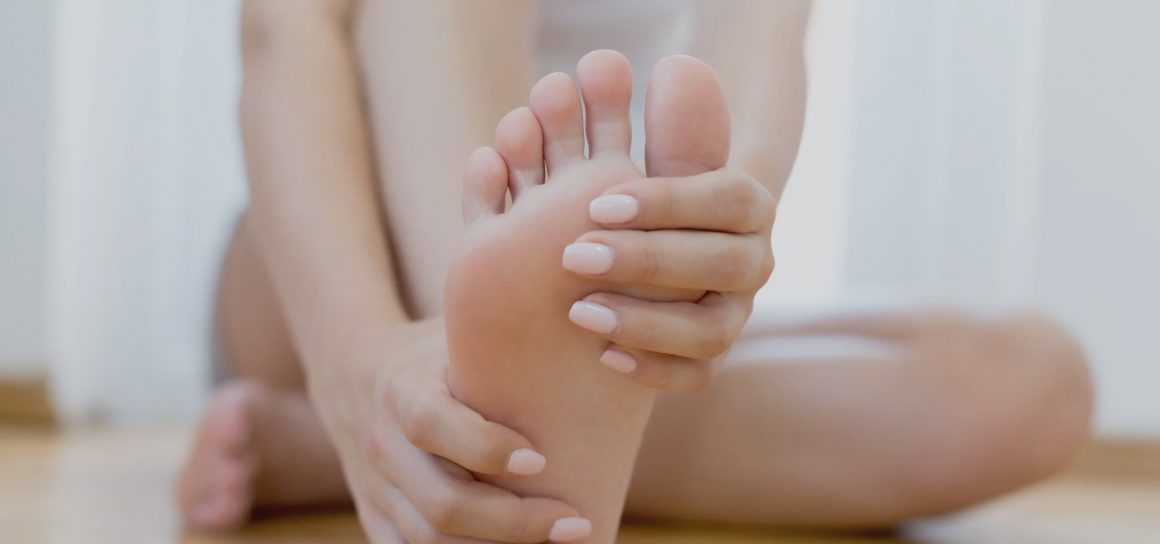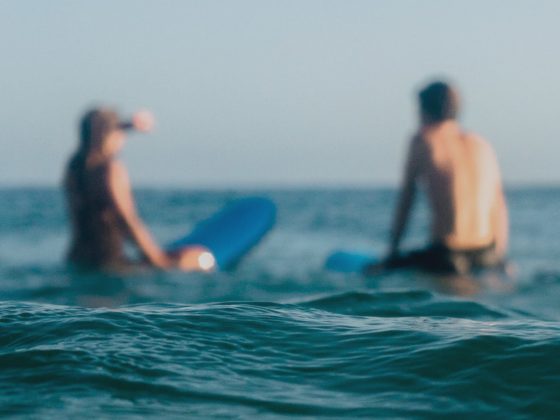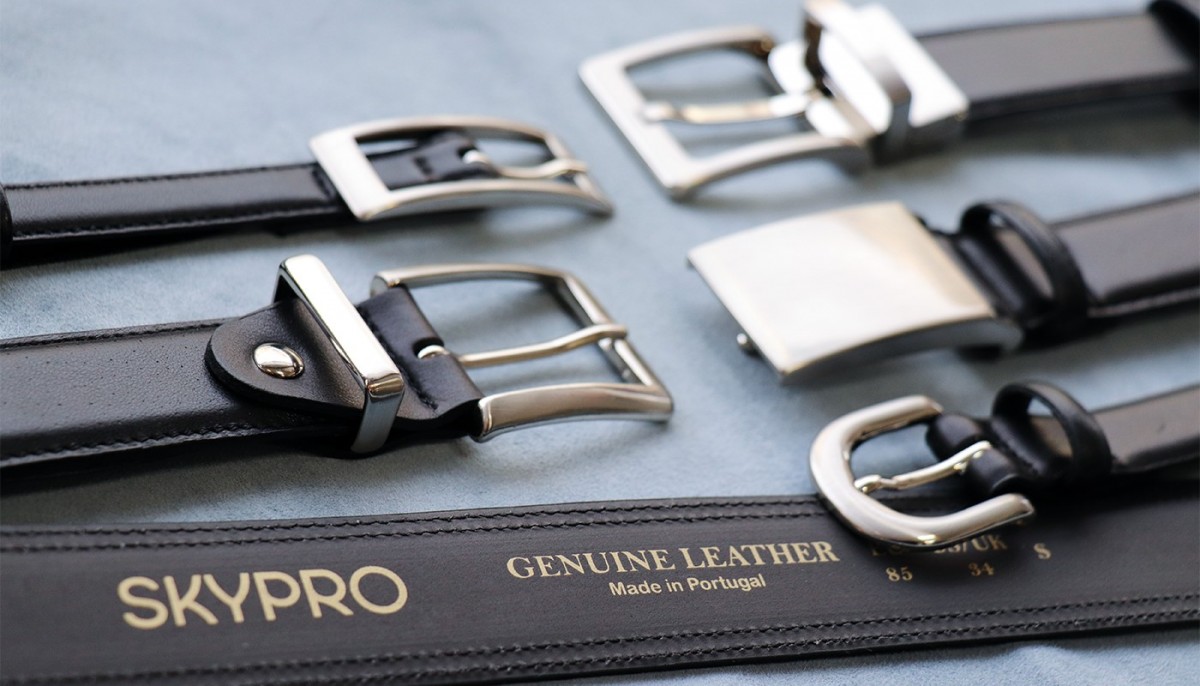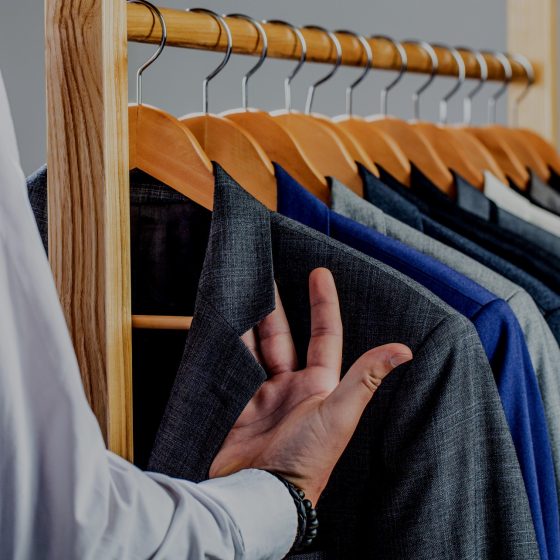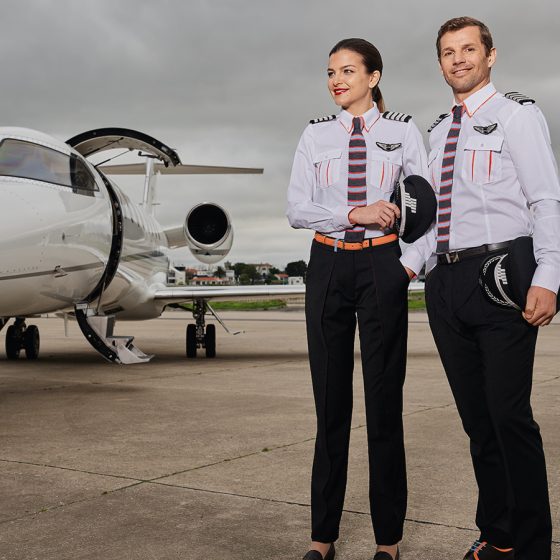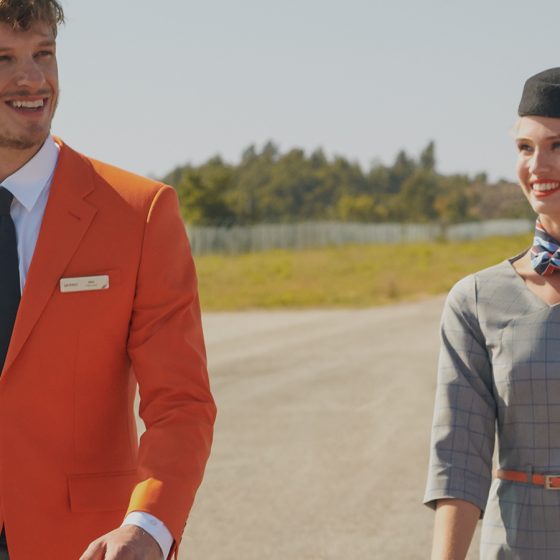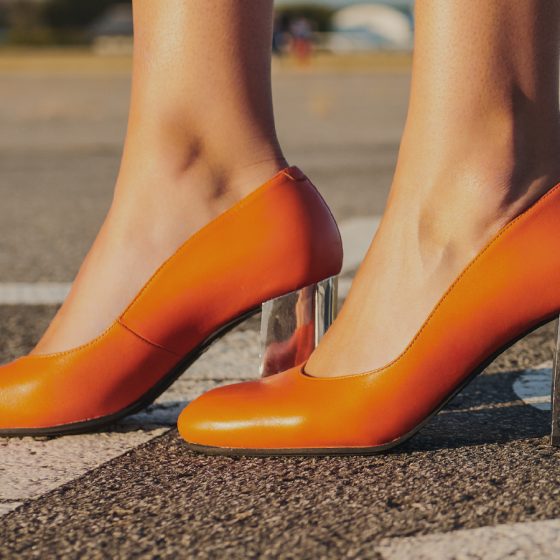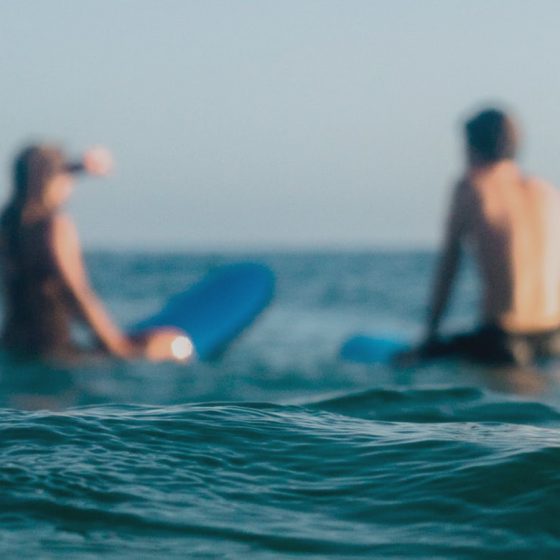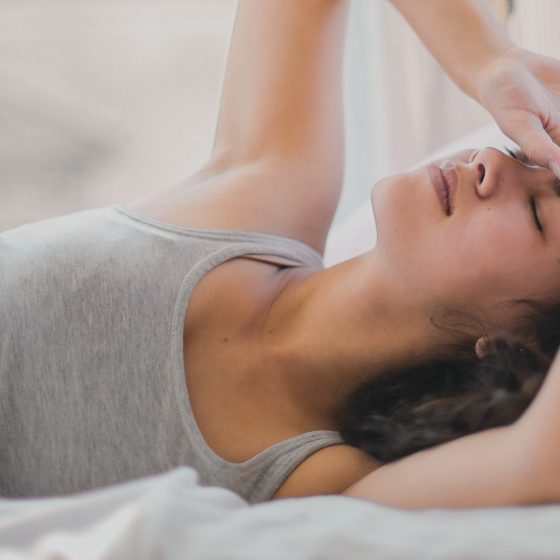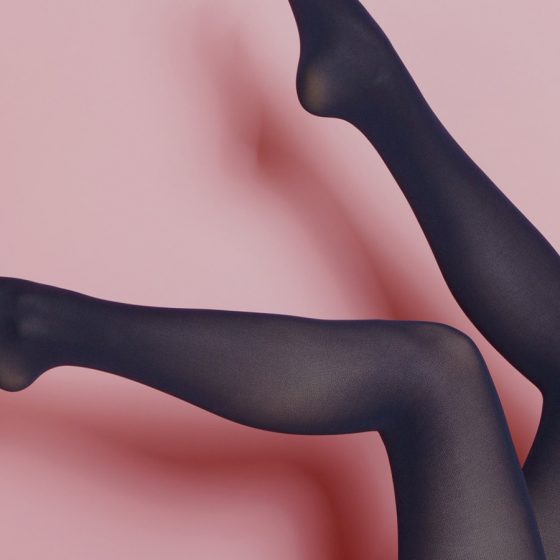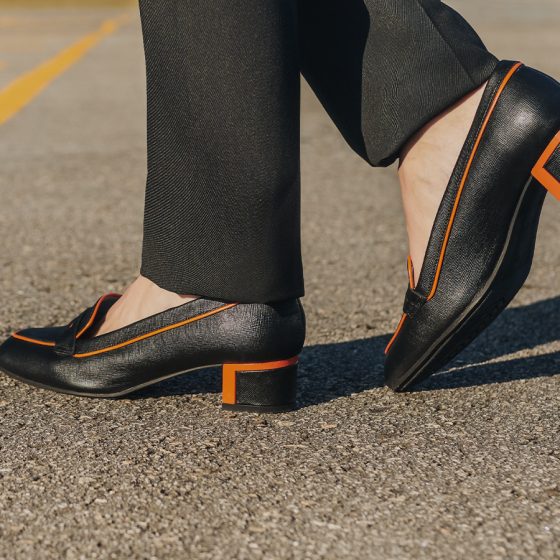Poorly designed Cabin Crew shoes could be harming your feet and your health in surprising ways
Although your health might not be the first thing you think of when you’re shopping for cabin crew shoes, shoes are actually central to your overall well-being. Poorly designed shoes or footwear that doesn’t fit properly can cause pain, inflict permanent damage on your feet, and wreak havoc on your legs and spine. As cabin crew we spend most of our days on our feet and trek what can literally be miles across airports in high heels, so it’s especially important to find shoes that help you put your best foot forward.
Correctly fitting and well-made footwear should have little to no negative impact on your feet or your health. However, ill-fitting or poorly designed shoes can impair walking, cause balance issues, and constrict the foot to the point of pain and numbness. Other short-term problems linked to ill-fitting shoes include:
Bunions
A painful bony bump that develops on the inside of the foot at the big toe joint caused by pressure on the big toe
Hammertoes
A deformity in which the middle part of the toes bend upward and the end of the toe curls downward, creating a shape that looks like a hammer
Corns
Thick, hardened layers of skin on top of or between the toes caused by excess shoe pressure
Ingrown toenails
Toenails that grow painfully into the skin caused by shoes that are too tight
“Pump Bump”
A painful swelling on the back of the heel from wearing high heels that are too tight
The American Academy of Orthopaedic Surgeons (AAOS) reports that more than 7 out of 10 women have developed a bunion or other painful foot deformity at some point in their life; and that 9 out of 10 women’s foot deformities are linked to poorly designed or ill-fitting footwear. For flight attendants, these foot deformities are not only painful but can profoundly impact our ability to do our job and, if severe enough, require time off from work for recovery or medical intervention.
Wearing high heels, as flight attendants often do, poses its own unique set of problems and adverse health effects. Women who regularly wear high heels have shorter and tighter Achilles tendons, the band of tissue that runs up the back of the ankle. They also tend to have shorter strides, tighter calf muscles, and often have permanently flexed toes. Prolonged wearing of high heels that are poorly designed or that have little cushioning to absorb shock can also contribute to a deterioration of the joints and even osteoarthritis. High heels can also cause bad posture, especially when their design does not take into consideration back support. This is because poorly designed heels change your center of balance and cause an increased curvature of the back, which in turn causes back pain, stiffening, and even disc compression.
However, just because shoes are flat doesn’t mean they’re good for you. Just as much care needs to be taken for your onboard shoes, which as cabin crew we often wear for longer stretches of time than our concourse heels. Flats that lack cushioning aren’t able to absorb the shock of your feet hitting the ground and flats that lack arch support can cause your arches to lower and your foot to roll inward, stretching ligaments and tendons all the way up through your legs and hips.
Finding Your Solemate
In order to protect your feet and your overall health, ensure you have well-made, well-fitting concourse heels and onboard shoes that have the following characteristics:
- A “toe box” that provides enough room for your toes and allows you to wiggle your toes freely
- Good arch support and a firm midsole (area between the heel and toe box)
- Soft, natural materials that provide flexibility and durability
- A sturdy heel that provides stability and helps balance your weight
- Cushioning that reduces the shock of impact when landing on your heel and pushing off from the balls of your feet
- A good tread that provides plenty of grip and prevents slipping
- A design that takes into consideration how the curve of your feet supports the curve of the spine and provides back support that is conducive to good posture
In addition to choosing the correct shoes, it’s also a good idea to massage and stretch your feet, heels, and calves after long duty periods. For example, do some simple calf stretches or try gently putting your fingers over your toes and pulling back toward your chin until you feel a gentle stretch of the bottom of the foot and arch. Doing so will help keep the muscles, tendons, and ligaments in your feet flexible and feel amazingly therapeutic after a long flight!
